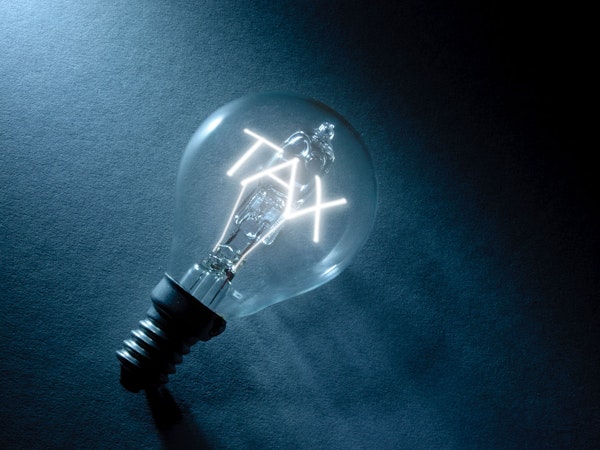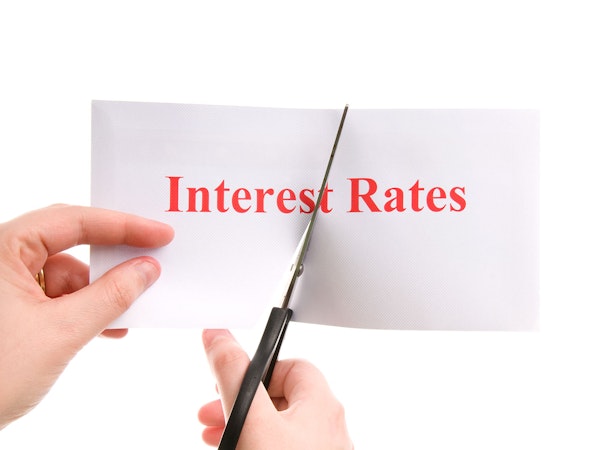Changing tax payments for SMEs
As making tax digital extends to businesses and landlords from April 2023, the government is considering whether to increase the frequency of tax payments, both for the self-employed and companies.

The recently published consultation is part of the government’s ten-year strategy to build a modern tax administration system.
Current problems
The newly self-employed can go up to 22 months after commencement before their first tax bill, which can lead into debt. A similar problem arises if there is a large increase in profits from one year to the next.
The consultation is only concerned with companies outside the quarterly instalment regime. The normal due date for such companies to pay their corporation tax is nine months and one day following the accounting period end, so again a significant time lag. It is all too easy for funds to have been spent if a year of high profits is followed by one with much lower income.
Spreading payments
One option likely to be available soon is an improvement to HMRC’s budget payment plan, making it easier for taxpayers to voluntarily budget for future tax payments.
The consultation considers a move to quarterly or even monthly tax payments and points out that the majority of taxpayers already pay monthly or weekly under PAYE. However, a move to quarterly or monthly tax payments will mean more time spent on calculation and reporting, increasing the administrative burden on SMEs. More frequent tax payment also throws up other issues:
- The funds available to a business in-year will be reduced.
- The chosen frequency may not be appropriate for different trades or sectors.
- Income tax and corporation tax are designed to be calculated on an annual basis, with reliefs, allowances, adjustments, and certain deductions factored in at the year-end.
The closing date on the call for evidence on the consultation is 31 July.





